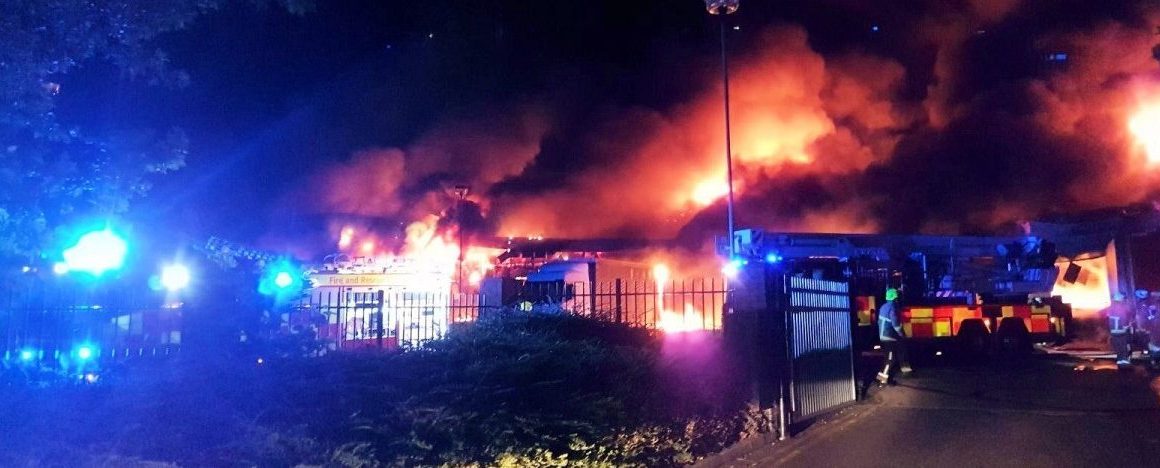Fire Damper Maintenance
Don’t let this be YOUR property!
It’s the kind of picture that makes any property owner feel uncomfortable, imagining all too well the crippling devastation, water and smoke damage that will appear once the fire has been extinguished – not to mention the risk to human life.
Fire safety is a topic that was brutally brought to our attention in the wake of the recent Grenfell Tower tragedy. There are building regulations in place to help protect us from the danger posed by fire, and all buildings – whether residential, commercial, or public use – have to comply. Ensuring that any outbreak of fire is restricted from spreading through a building involves areas we don’t usually see. Today we are focusing on ducting, which typically interconnects all the rooms in any larger building and can act as a conduit for fire and smoke in the event of an outbreak.
Fire Damper Maintenance Legislation
 The British Standard 9999 Code of Practice for Fire Safety in the Design, Management & Use of Buildings requires all ducting, whether it is for ventilation, heating or air conditioning to be fitted with fire dampers. Every building with internal fire-resistant rated walls which are connected by a ventilation system must have fire dampers. It’s a legal requirement for every fire damper to be tested every twelve months by a method known as ‘drop testing’, in compliance with BS 9999.
The British Standard 9999 Code of Practice for Fire Safety in the Design, Management & Use of Buildings requires all ducting, whether it is for ventilation, heating or air conditioning to be fitted with fire dampers. Every building with internal fire-resistant rated walls which are connected by a ventilation system must have fire dampers. It’s a legal requirement for every fire damper to be tested every twelve months by a method known as ‘drop testing’, in compliance with BS 9999.
Most of these fire dampers have a fusible link, which is defined by BS 99999 as a ‘device that releases a component such as a fire damper or fire shutter at a set temperature.’ When the fusible link comes into contact with high heat, it will melt, causing the damper to close and stop the spread of fire.
Who is responsible for fire damper maintenance?
If you own a building that contains fire dampers, it is your responsibility to book regular tests for these life-saving devices, and to ensure that a proper maintenance plan is followed. By ignoring this requirement, you put both yourself and the occupants and users of the building at risk.


